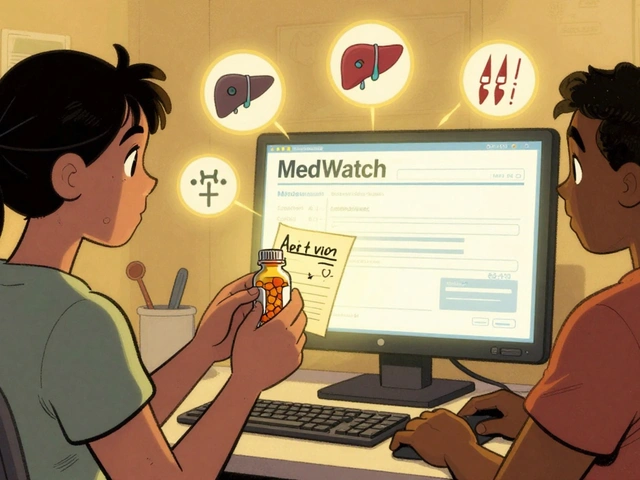Contraception Basics: Find the Right Birth Control for You
If you’re looking for reliable ways to prevent pregnancy, you’ve landed in the right spot. Contraception isn’t just about pills – there are dozens of options that fit different habits, budgets, and health needs.
Top Methods at a Glance
Pills: The daily oral contraceptive is popular because it’s easy to start and stop. Most contain estrogen and progestin, which stop ovulation. If you miss a dose, you might need backup protection.
IUDs: Tiny devices placed in the uterus can work for 3‑10 years depending on the type. Hormonal IUDs release low doses of progestin, while copper IUDs create an environment that’s hostile to sperm. Both are highly effective once a doctor inserts them.
Condoms: The only method that also protects against STIs. They’re cheap, easy to find, and come in latex or non‑latex versions for those with allergies.
Implants: A small rod under the skin of your arm releases progestin for up to three years. You’ll need a clinician to insert and remove it, but you won’t have to think about daily dosing.
How to Choose What Works Best
First, consider how consistent you can be with a method. If remembering a daily pill feels risky, an IUD or implant might save you hassle. Second, think about side effects – some people feel mood changes on hormonal pills, while others tolerate them well.
Third, factor in cost and insurance coverage. Many plans cover long‑acting reversible contraception (LARC) like IUDs and implants at no out‑of‑pocket cost. Condoms are the cheapest upfront option, but you’ll need a steady supply.
Finally, ask yourself if STI protection matters. If you have multiple partners or aren’t in a monogamous relationship, pairing condoms with another method gives both pregnancy prevention and infection safety.
Talking to a healthcare provider is the fastest way to narrow down choices. Bring up any medical conditions, medications, or concerns about future fertility – most providers can match a method to your health profile in just one visit.
Remember, switching methods is fine. Your body can adapt, and you don’t have to stick with one choice forever. Keep track of how you feel, note any side effects, and be ready to discuss adjustments with your doctor.
For quick reference, here’s a simple checklist:
- Do I need STI protection? (Yes → condoms + another method)
- Can I remember a daily routine? (No → IUD or implant)
- Any health issues that limit hormones? (Consider copper IUD or barrier methods)
- What’s my budget? (Check insurance for LARC coverage, use generic pills if affordable)
Contraception is a personal choice, not a one‑size‑fits‑all. Use this guide to start the conversation with yourself and your provider, and you’ll find a method that fits your life without hassle.











